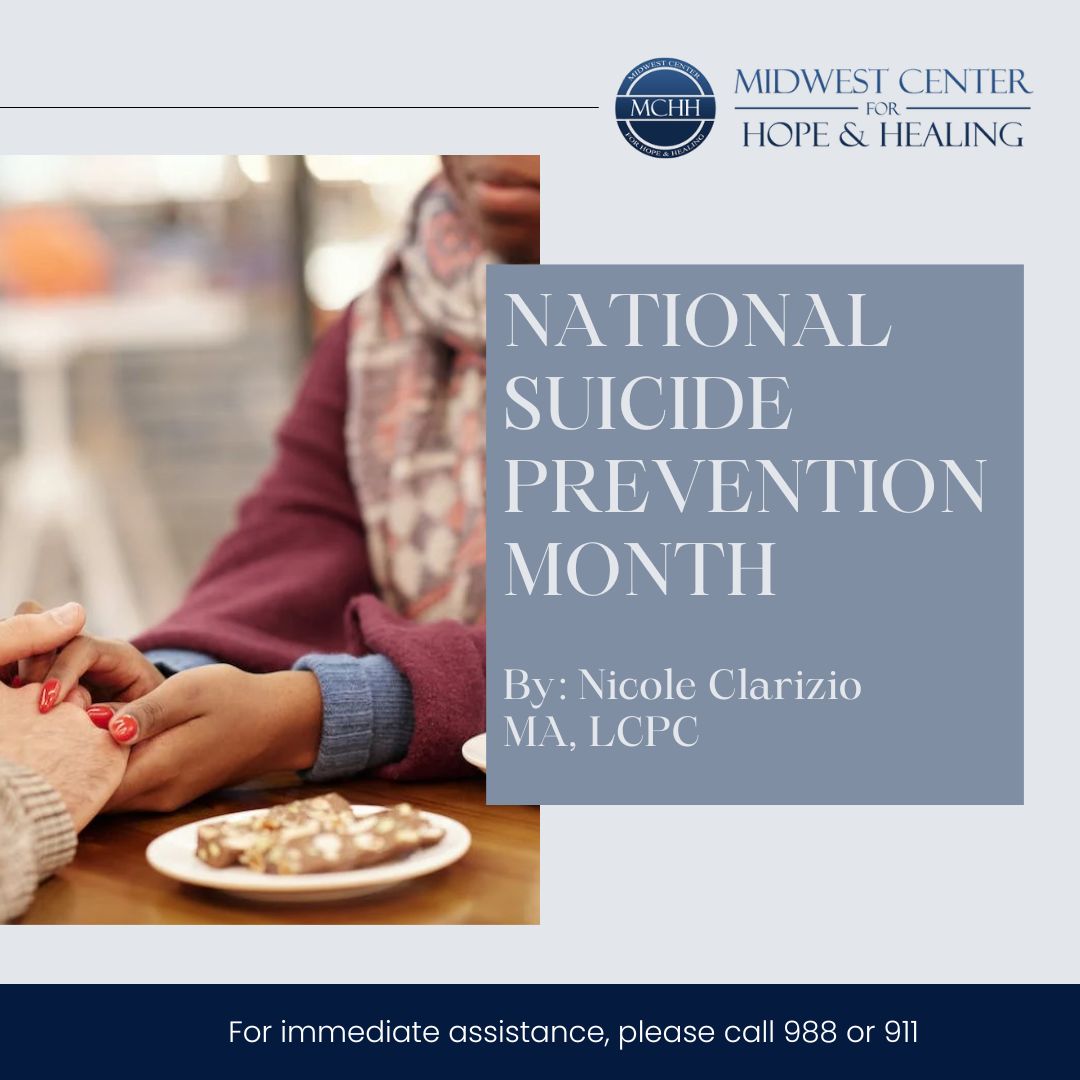
By Nicole Clarizio
People are sometimes weary to talk about suicide and shy away from the topic. The likely reason is not that they don’t care, or don’t want to help, but rather that they are unsure of what is helpful and what they can do to assist someone that may be struggling with suicidal thoughts. There is sometimes a misconception that talking to or asking someone about suicidal thoughts will make them more likely to follow through on those thoughts. Empowering yourself with information can be useful in feeling more comfortable and having more understanding for those experiencing suicidal ideation, as well as being able to offer assistance and support.
Before we delve into helpful tips for prevention, let’s first look into some statistics regarding suicide. According to the National Alliance of Mental Illness (NAMI), suicide is the 2nd leading cause of death among 10-14 year olds , and the 3rd leading cause for those who are 15-24. It is also noted as the 12th leading cause of death overall in the United States. Reading these statistics is difficult and can sometimes give us a bleak outlook. However, being aware of the high prevalence can bring us to try and find more ways that deaths by suicide can be prevented.
We know that suicide is prevalent among the US population, but how can we know if someone might be at risk for suicidal ideation or suicide attempt? Many different life circumstances can have an impact on a person at any given time. When someone feels stuck, or a sense of loss of hope, it can sometimes cause them to feel there is no other way to help them through their current struggles. There are some common risk factors that we are aware of and include the following from the Centers for Disease Control and Prevention (CDC). Some Individual Risk Factors may include: a previous suicide attempt, history of depression or other mental illness, a serious medical condition, job/financial problems, and other life stressors that create a sense of hopelessness. Relationship risk factors can include: loss of relationships, high conflict or violent relationships, bullying, and social isolation.
In looking towards prevention strategies, there are some warning signs to look for that can indicator that someone is really struggling. Someone may self-isolate, talk about being a burden, have extreme mood swings, express that they feel hopeless, try to find access to lethal means, sleep either too much or not enough, talk about or post about wanting to die and create a suicide plan. If someone is experiencing any of these signs, it is time to offer support and other resources to help in suicide prevention.
There are many known protective factors that can help those that are feeling hopeless and at a loss of how to go on living. Availability and utilization of mental health care can help build important skills. Having effective coping skills and strong support networks can help someone who feels stuck. Coping skills can include meditation and mindfulness practices, deep breathing techniques, and having people to reach out to. Having a strong support system can help by offering a sense of connectedness. These supports may include loved ones, counselors, church, school, or community members or groups. Thinking and talking about a person’s reasons for living (family, friends, faith, pets etc.) is also a useful protective factor. Finally, knowing the contact information for the suicide and crisis lifeline is crucial. The suicide lifeline is available 24 hours and every day of the year. The number to call or text is 988 or the chat at 988lifeline.org. This line offers access to trained crisis counselors and is free and confidential.
Equipped with information about risk factors and warning signs can help build more awareness and ability for others to offer support, resources and help when someone may need it most.
